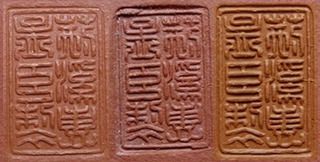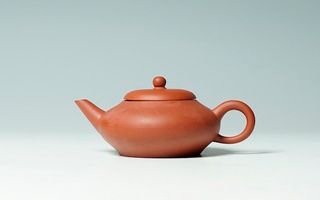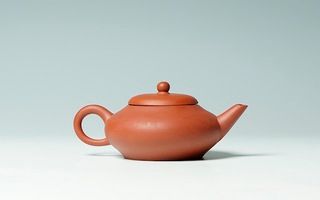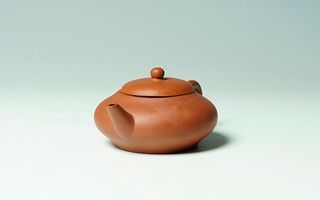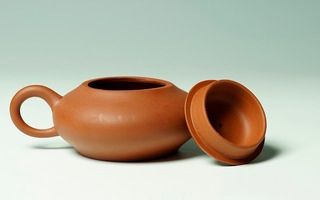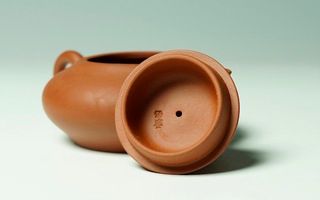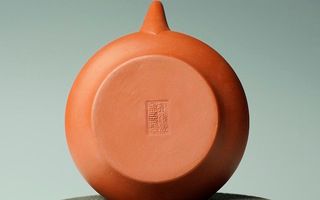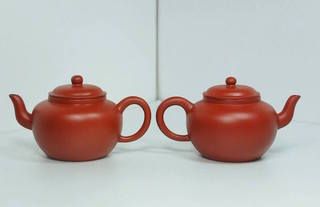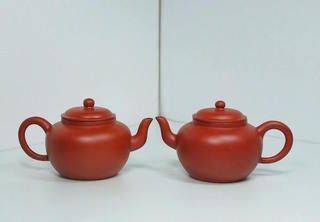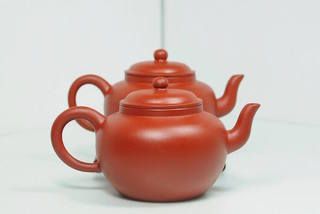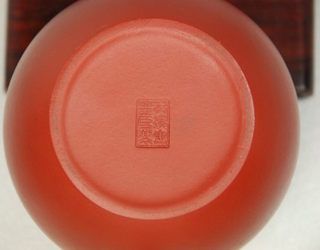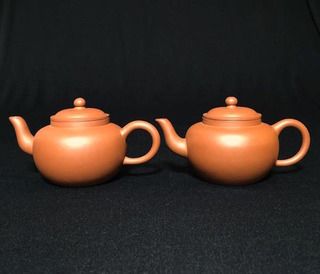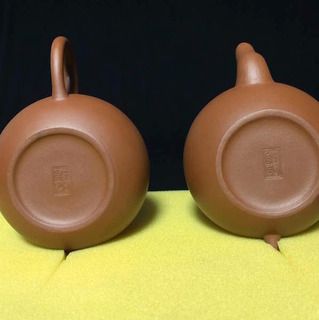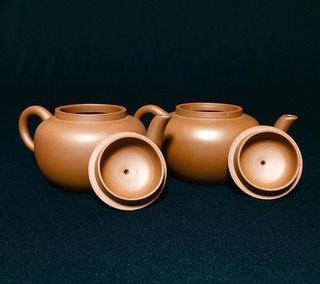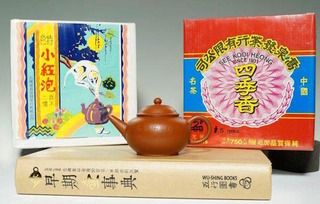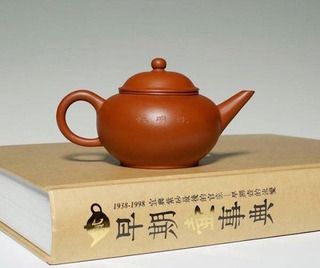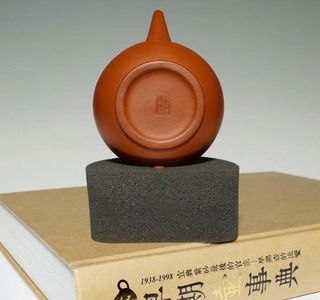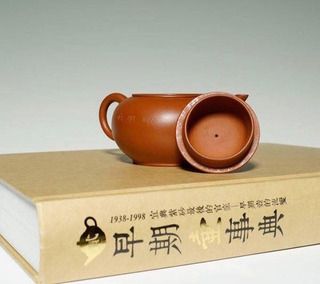AT333 wrote:kyarazen wrote:jpo1933 wrote:
Were wood fired pots only seen during the pre factory 1 days?
Love the texture on the clay, though

yup! wood fired in dragon kiln mostly during pre-factory days. more commonly in qing to ROC. in early 60s they moved on to the downdraft kiln which uses coal
Is it possible to tell whether it is wood or coal fired by looking at the teapot? What is downdraft kiln and how many types of kiln are there? Thank you.

hmm.... you ask difficult questions!
in summary of what i had observed so far :
1) Ever since F1's inception, they never used the dragon kiln, starting with the downdraft (that is fueled by coal or oil), then in '73 they moved on to tunnel for better efficiency and throughput (coal/oil fired), and subsequently in the later years there are additional kilns like shuttle, pushboard, and finally electrical.
2) Firing since the 60s, most small pots were fired in huge clay canisters that protected the pots from dust, specks, flying glaze, ash and all that. so the surfaces of pots since 60s are flawlessly clean. the only black spots that are seen are so called "molten" iron spots.
3) the surface texture is affected also by the mould used.
4) downdraft kiln reaches great temperatures, but there is a larger temperature gradient, so pots at the extreme locations could be a bit different from each other. if in the cooler regions, the pots are orangey red, if in the hotter regions they are dark red (usually less common since there are quite careful with the max temp).
5) dragon kiln, which is usually wood fired, the clays under go long durations of firing (weeks?), and the pots experience cyclic oxidation and reduction repeatedly throughout the week (this is why lin's ceramics carry out cyclic oxd/red on their purion wares).
i tend to think that wood fired wares, there is a higher chance that deep in the clay (if you crack it open), the insides are black for hong-ni/zhuni, because the core of the clay is "reduced", only the surface is oxidized.
without breaking the pot, the other hints are the interior of the pot, and also looking under the scope trying to look "beyond" the surface. pots with darker cores tend to look deeper in color tone.
not a foolproof way definitely, in some areas along the dragon kiln, if the air flow is good, there are some that would have lighter cores. and also if the pot had been buried, or sunken in the sea, the core will also become lighter
long story short, if one plays with F1 pots, nope they are non-dragon kilned. to have a stronger dragon kiln feel for yixing, one has to look at ROC pots to Qing

